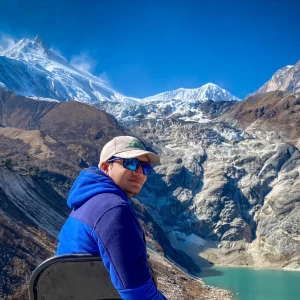Dreaming of trekking in one of Nepal’s most untouched mountain regions? The Manaslu Circuit offers wild beauty, remote villages, and dramatic mountain passes—but only if you have the right permits.
The Must-Get 3 Manaslu Circuit Trek Permits – Here's How to Get
Table of Contents
The Manaslu Circuit Trek is one of Nepal’s most scenic high-altitude routes. It offers remote trails, dramatic mountain views, and peaceful villages with almost no flaws along the way. Unlike crowded routes like Everest or Annapurna, this circuit stays wild and quiet.
The trail circles Mount Manaslu, the world’s eighth-highest peak. Trekkers pass through forests, ancient monasteries, and cross the 5,106-meter Larkya La Pass. The experience feels raw and untouched, but it doesn’t come without rules.
The Manaslu region lies close to the Tibetan border. Because of this, it is marked as a restricted area by the Government of Nepal. Independent trekking is not allowed. You must travel with a licensed guide through a registered trekking company. And most importantly, you need the right permits to access the trail.
This article explains the three essential Manaslu Circuit Trek permits, how to get them, what they cost, and when extra permits are needed for route extensions like Tsum Valley.
Also check, Manaslu Circuit Trek Teahouse Guide
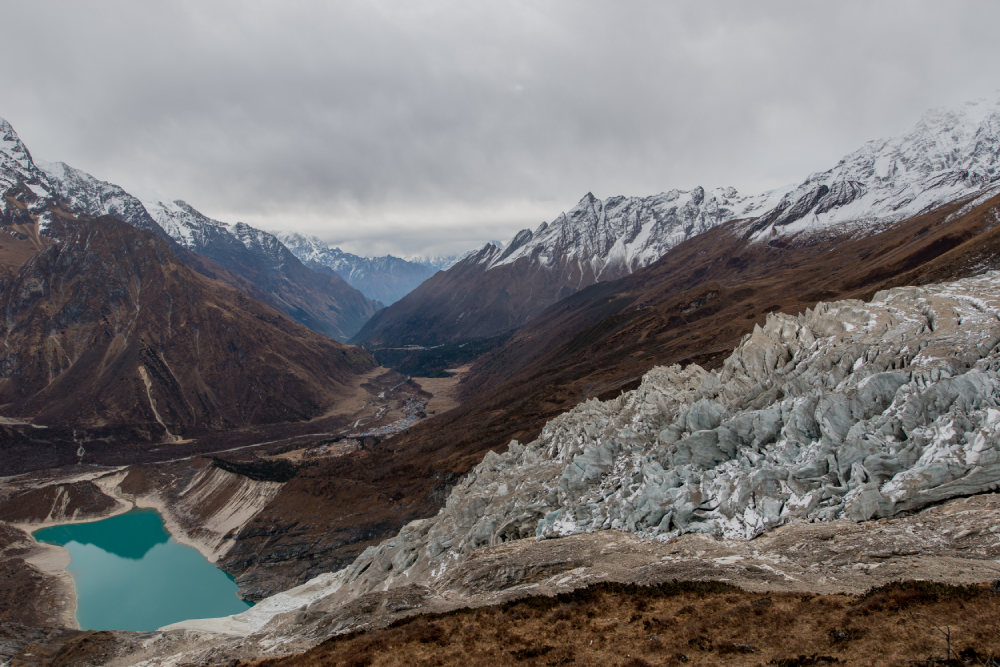
Understanding the 3 Must-Have Manaslu Circuit Trek Permits
Every trekker must carry the right documents before entering the Manaslu region. These permits are not just formalities. They help protect the area and manage who travels through it.
Without the permits required for Manaslu Circuit trek, entry into the region is not allowed. Let’s look at the purpose of each.
Restricted Area Permit (RAP)
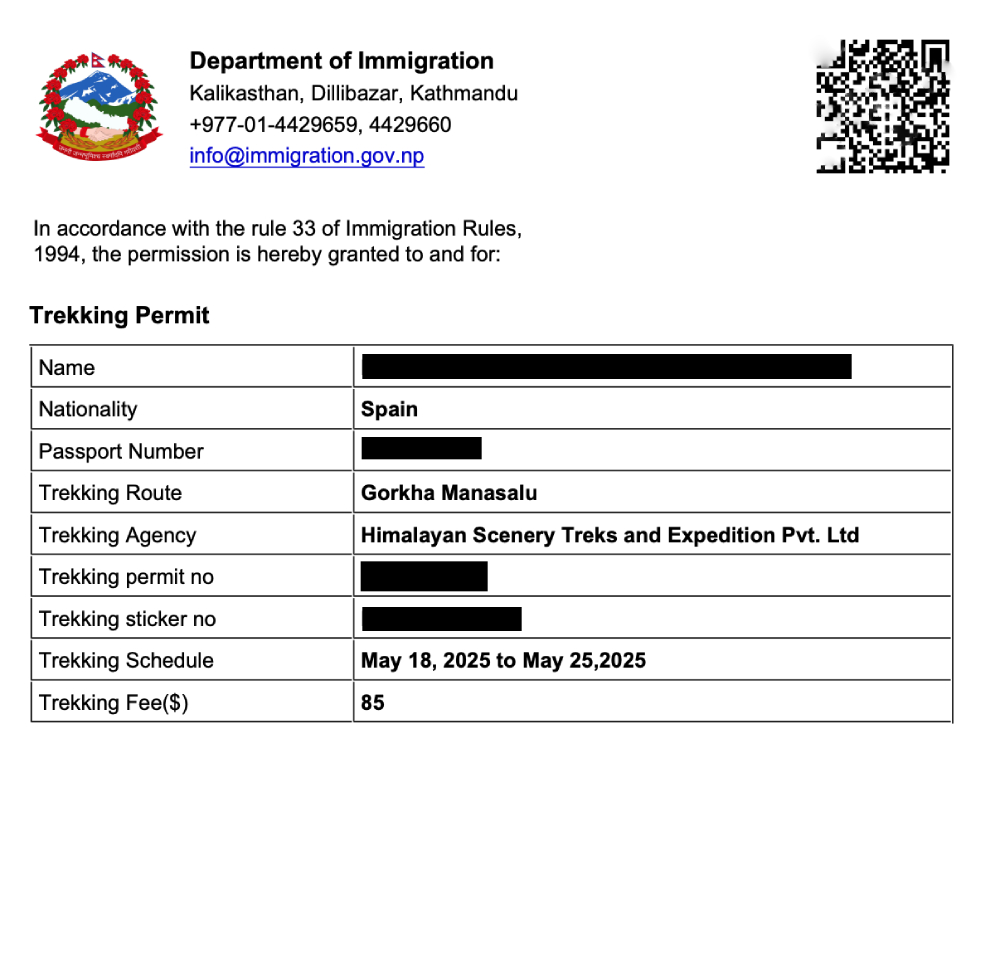
The Restricted Area Permit controls entry into the core section of the Manaslu region. This area is sensitive due to its location near the Tibetan border and needs special regulation.
You cannot trek here solo. A licensed guide and a registered agency must issue this permit. The RAP ensures trekkers are safe, monitored, and respectful of the region’s cultural and geopolitical boundaries.
Manaslu Conservation Area Permit (MCAP)
The MCAP is focused on protecting the fragile natural ecosystem of the Manaslu region. It supports the conservation of forests, wildlife, and local culture inside the Manaslu Conservation Area boundary.
This permit is necessary even if you already have the RAP. It plays a key role in maintaining trails, managing waste, and preserving biodiversity along the route.
Annapurna Conservation Area Permit (ACAP)
Though the trek begins in Manaslu, it ends in the Annapurna region. The ACAP is required once you enter villages like Bhimthang and descend into Annapurna territory. It ensures the continued protection of landscapes, resources, and local communities in this extended trekking zone.
Together, the MCAP and ACAP complete the conservation framework of the permits for Manaslu Circuit trek.
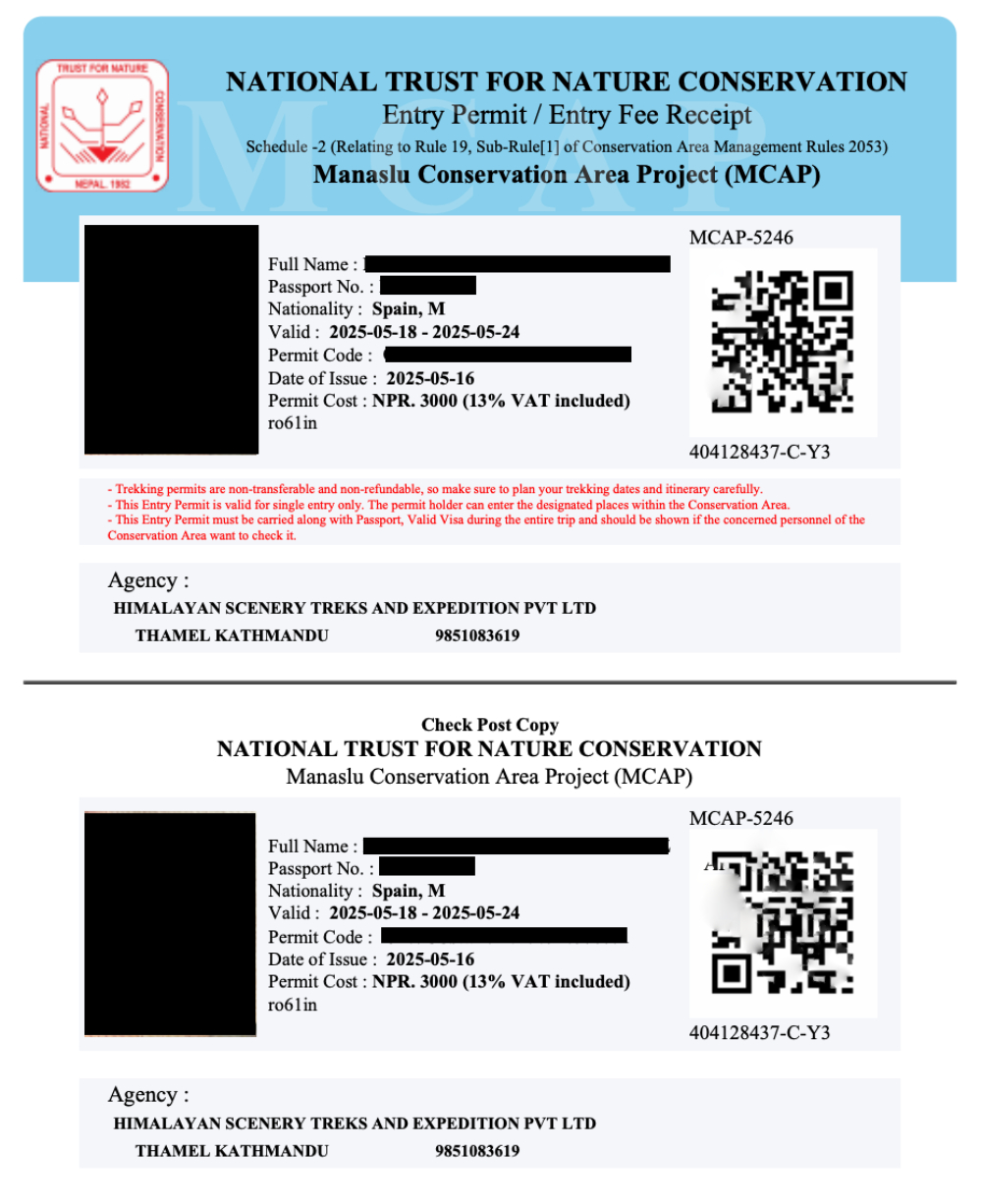
Why a Guide is Non-Negotiable for Manaslu Circuit Trek
Manaslu is not like other trekking trails in Nepal. This region is special, but also very controlled. You can't just decide to trek here on your own, even if you’ve done other trails solo. There are rules in place for everyone’s safety and for preserving the local environment and culture.
As already mentioned, to get an RAP, there must be at least two trekkers in your group. You must also be accompanied by a licensed Manaslu Circuit Trek guide. This rule helps protect trekkers in remote areas with limited rescue access. It also ensures local communities are respected and supported by trained guides.
These guides are not just for safety—they also make the trek smoother. A certified guide helps you understand local culture and stay on the right trail. They check weather updates, handle altitude concerns, and translate when needed.
At Himalayan Scenery Treks, we make this entire process easy. We assign experienced, licensed guides who know the Manaslu route deeply. Our team prepares all required documents and manages group registration.
How Much Does a Manaslu Circuit Trek Permit Cost?
Before starting the trek, you need to prepare your documents and your budget. One of the first steps is understanding how much each permit will cost. The total amount depends on the route, season, and number of trekking days.
The Restricted Area Permit (RAP) is the most expensive of the permits. Its cost depends on when you travel and how many days you stay in the restricted area.
From September to November, it costs USD 100 per person for the first 7 days. Each extra day adds USD 15. From December to August, it costs USD 75 for 7 days, and USD 10 per extra day.
The two conservation permits, MCAP and ACAP, cost NPR 3,000 per permit. If you're from a SAARC country, the price is NPR 1,000 per permit. These are fixed prices and do not depend on trekking days.
Besides the main Manaslu Circuit Trek permits, there's one more small fee to consider. This is the Tsum Nubri Rural Municipality entry fee, which supports local development. Trekkers must pay NPR 1,000 per person before entering the region. It is not a permit, but it is compulsory. This fee is collected either through the guide/agency on arrival at the checkpost.
Where and How to Get These Permits Issued
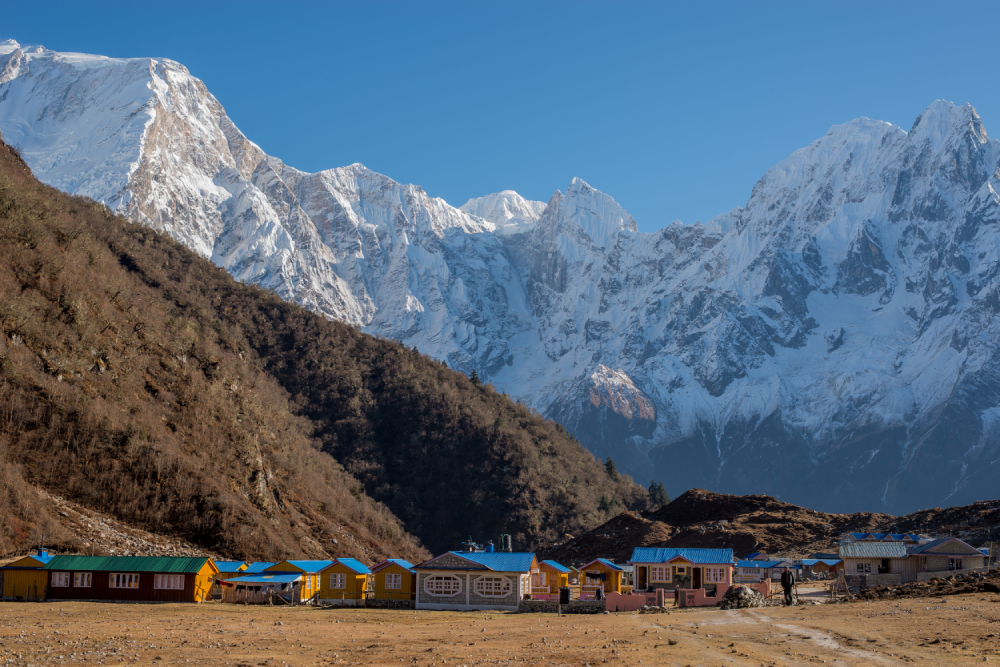
Before your trek, it’s important to know how to get the Manaslu Circuit Trek permits. Getting these permits properly makes your trek smooth and legal. Different permits have different issuing offices and rules you should follow.
The Restricted Area Permit (RAP) is only issued at the Immigration Department in Kathmandu or in Pokhara. We submit your documents online to the government and arrange everything for you.
The Manaslu Conservation Area Permit (MCAP) and Annapurna Conservation Area Permit (ACAP) are registered through us, too, as you will be using our guide. These permits are available at the Nepal Tourism Board Office in Kathmandu or Pokhara. Which office depends on where your trek begins. Usually, your guide handles this as part of the trekking package.
While the TIMS is registered online. TIMS helps track trekkers for safety and data.
For all permits, Himalayan Scenery Treks will collect your passport copy, visa, photos, and itinerary to complete applications.
Route Extensions That Need Extra Manaslu Circuit Trek Permits
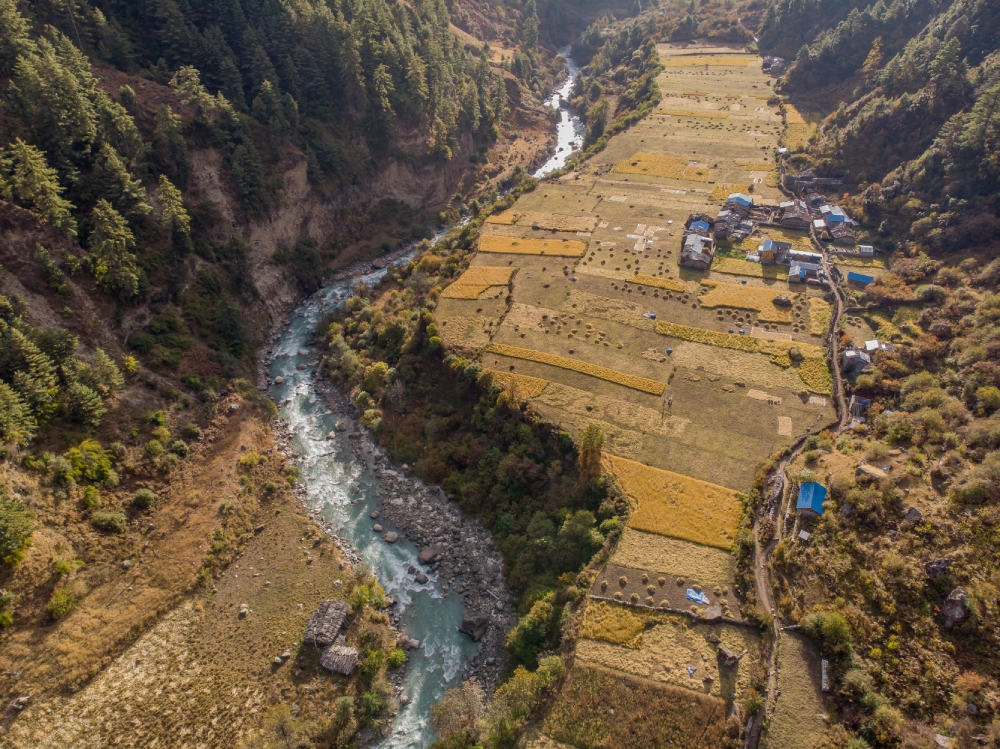
The Manaslu Circuit offers amazing trekking, but some travellers want even more adventure. One popular option is to add the Tsum Valley trek to your route. This extension explores a hidden valley full of culture, nature, and stunning views.
Tsum Valley lies inside the Manaslu Restricted Area. To enter, trekkers need a separate Tsum Valley Restricted Area Permit. This permit follows the same process and rules as the Manaslu RAP.
The permit costs vary by season, here, too:
September to November:USD 40 for the first 7 days; USD 7 per additional day.
December to August:USD 30 for the first 7 days; USD 7 per additional day.
Combining the Tsum Valley trek with the Manaslu Circuit gives a richer experience. You get to see unique villages, ancient monasteries, and rare wildlife along the way.
This combined trek requires careful planning and the right permits for both areas. It is a rewarding journey for those wanting more than the standard Manaslu route.
A Quick Look at the Manaslu Circuit Trek Route
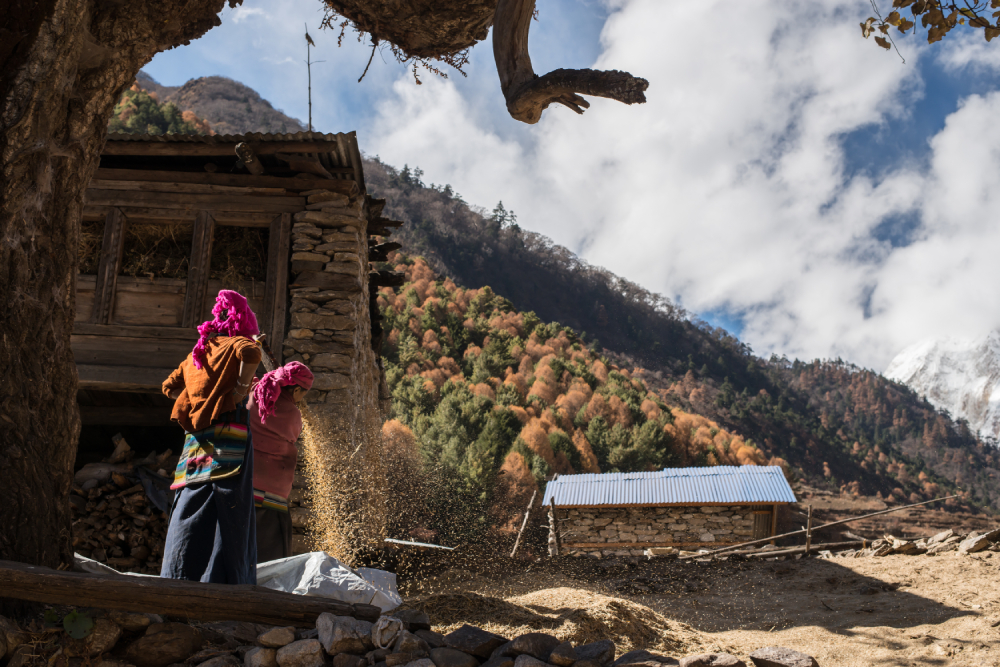
The Manaslu Circuit Trek usually starts in Machha Khola, a quiet village by the Budhi Gandaki River. From here, trekkers follow the river through forests and traditional villages. The trail passes through important stops like Jagat, Dharapani, and Samagaon.
One highlight is crossing the Larkya La Pass at 5,160 meters. The way to this high mountain pass offers breathtaking views of Manaslu, Hiuchuli, and surrounding peaks. Along the way, you will visit Pungyen Gompa, a famous monastery near Samagaon. Other notable sites include Manaslu Base Camp and Birendra Lake, a serene alpine lake.
After finishing the circuit at Dharapani, trekkers often return to Kathmandu. Some prefer to continue onward to Pokhara or Chitwan for wildlife and relaxation. Optional customisations include adding the Tsum Valley trek, which requires extra permits.
Another choice is extending your journey by joining the Annapurna Circuit from Dharapani. This flexibility lets trekkers tailor their adventure to personal interests and time.
Conclusion
Getting the right Manaslu Circuit Trek permits is essential before you start your adventure. Without proper permits, you cannot legally enter or enjoy the Manaslu region. Once your permits are arranged, you can fully experience the remote beauty and rich culture of Manaslu.
Let trusted experts handle the permit process and guide arrangements for you. With Himalayan Scenery Treks, your paperwork is smooth and your journey secure. Start your unforgettable Manaslu trek with confidence and peace of mind today.

